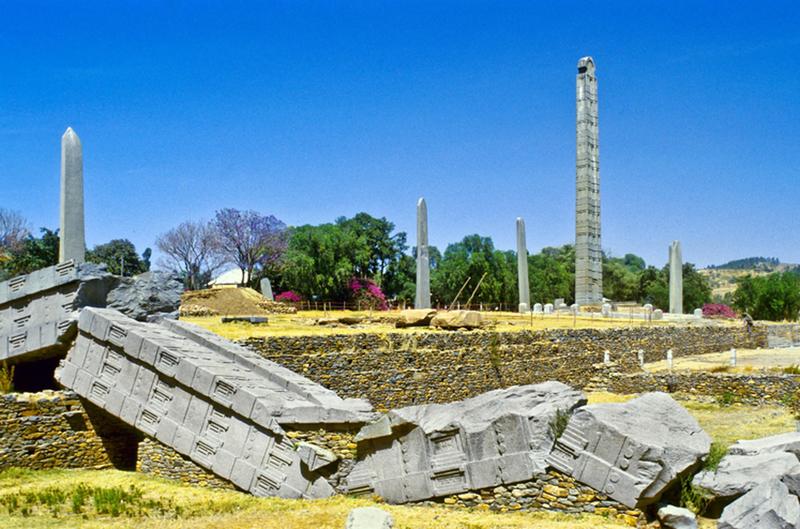
The planet contains a nearly endless number of fascinating and beautiful destinations that welcome travelers with open arms. It would be impossible to visit every scenic location and historical monument in your lifetime, even if you dedicated your life to the sole purpose. Still, this abundance of exciting destinations doesn’t do much to quell our burning desire to visit the few places we’re not allowed to go. It is precisely the forbidden nature of these places that adds so much to their allure.
Imagine a cave covered with prehistoric art, a forest dusted with nuclear fallout, and an impenetrable vault burrowed into a ridge of ice. What do these places have in common? Yes, they’re all highly intriguing, but another commonality exists: no one is allowed—or, in some cases, able—to visit these locations. From Cold War-era bunkers and dark tourism favorites to beaches lined with palm trees, our list showcases the destinations you don’t stand a good chance at ever setting foot on. But still, you can enjoy learning about them from afar.
The Ark of the Covenant’s (Possible) Ethiopian Home
In northern Ethiopia, the vestiges of the Aksumite Kingdom, from tombs to obelisks, mingle with Christian churches, such as the well-known Church of Our Lady Mary of Zion. This particular church is, in part, what earns Aksum a spot on our list. Though visitors can explore many of the ruins, museums, and sites in Aksum, entry into Our Lady Mary’s chapel is strictly prohibited.
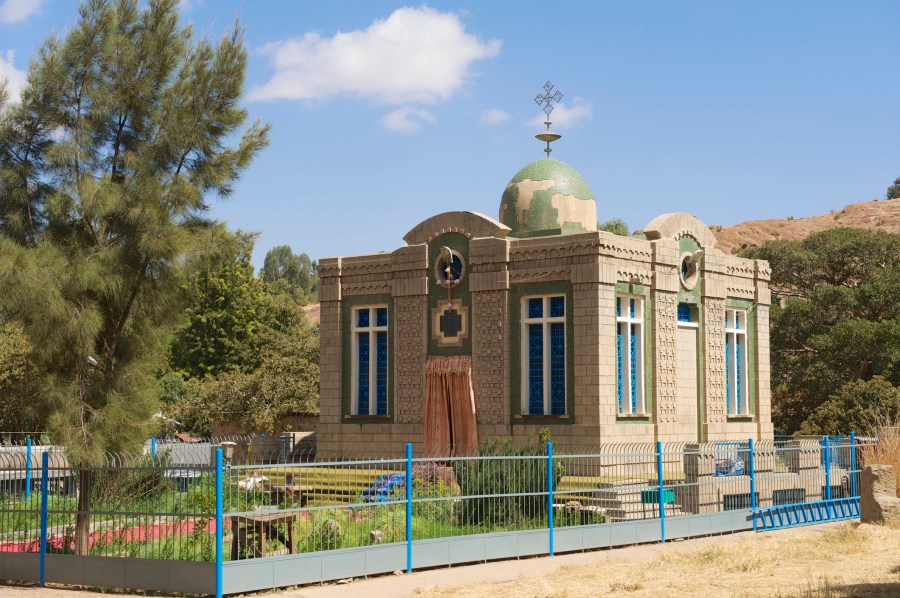
The Old Testament book of Exodus describes how Moses received a set of instructions from God to build a powerful receptacle that would come to be known as the Ark of the Covenant. According to ancient Israelite tradition, the Ark housed the 10 commandments, a pot of manna, and the rod of Moses’ brother Aaron.
The Ark was among the holiest objects ever to exist on earth and was said to house the presence of God Himself. Biblical sources record that this endowed it with supernatural abilities, so it’s no surprise that explorers have been looking for it ever since its disappearance in 586 BCE. According to the Bible, the Ark shouldn’t be touched—and, according to Indiana Jones, you shouldn’t look upon it, either.
But Ethiopian Christians claim that it’s been safely hidden away in a chapel in the town of Aksum for nearly three millennia. To this day, the temple that houses the Ark is guarded by a band of virgin monks, among whom only one special “guardian” is allowed to actually feast his eyes on the Ark.
Vatican Secret Archives | Vatican City
In 1612, Pope Paul V decreed that all Catholic Church records should be housed in the same, centralized place. And in 2019, Pope Francis officially renamed the Vatican’s infamous secret archives, dubbing them the Vatican Apostolic Archives. The Archives contain 53 miles of shelving that house 12 centuries’ worth of priceless historical documents.
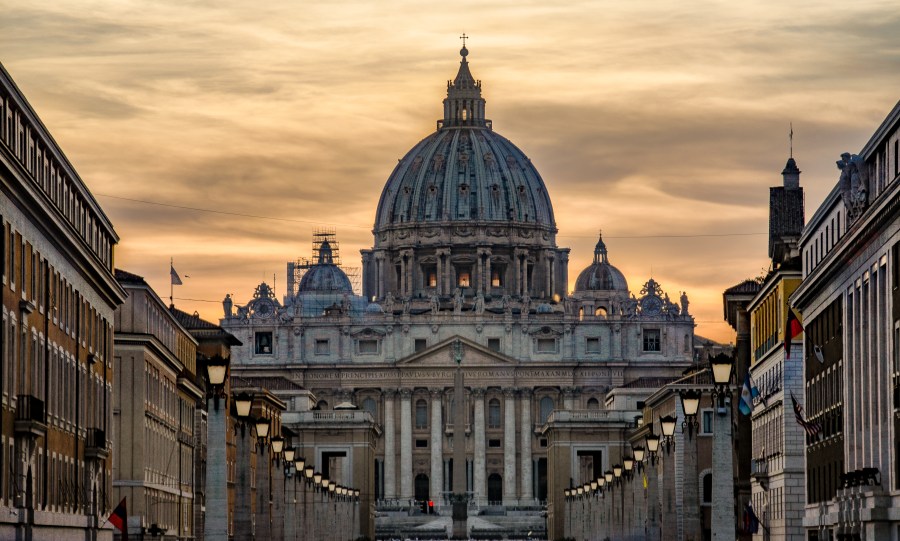
Among them, you’ll find a letter from Michaelangelo, complaining that he wasn’t paid enough to paint the Sistine Chapel, as well as a letter from Mary, Queen of Scots, who wrote to beg Pope Sixtus V to intercede in her upcoming execution in 1587. Then there’s a document known as the Chinon Parchment, which contains the minute of the trials against the Knights Templar.
While the Vatican Archives are quite possibly one of the most fascinating places on earth, they are only accessible to a handful of scholars who have undergone a thorough vetting process. Think you have a shot at being granted admission? Feel free to fill out an application. Alternatively, you could write a “controversial” depiction of them, as Dan Brown did in his novel Angels and Demons, and maybe the powers that be will invite you in to refute that depiction.
The Shogu Shrine at the Ise Grand Shrine of Honshu, Japan
The Ise Grand Shrine of Japan, which is technically a collection of over 100 different shrines, is among the most sacred places in the Shinto religion. Roughly “the same size as the center of Paris,” over 1,500 rituals are conducted at the site annually.
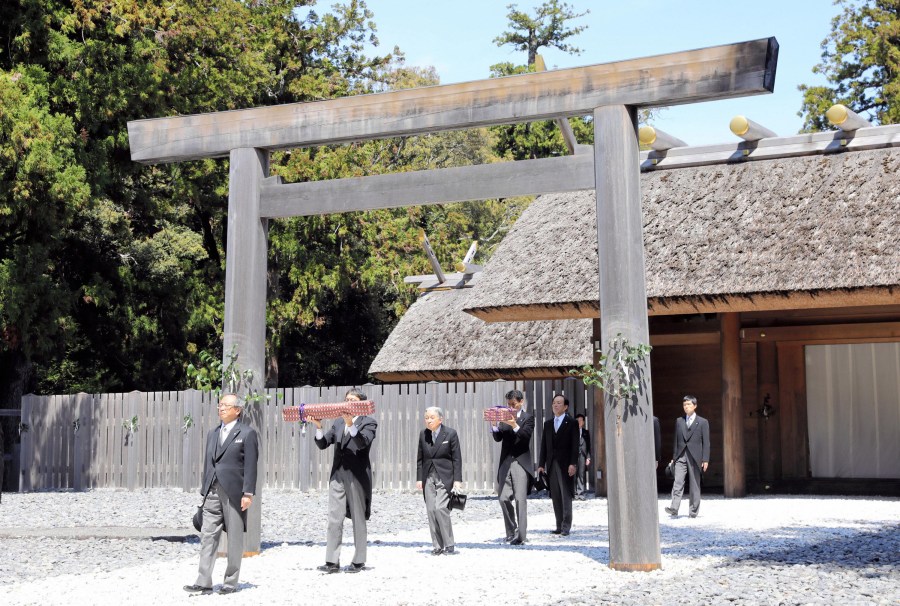
Among the various shrines is a particular divine palace, known as Shogu, which is dedicated to the sun goddess Amaterasu-Omikami. Legend says that one of the most important items in Japanese Imperial history is enshrined within its walls. It’s known as The Naik or “Holy Mirror” and is one of three mythological objects that collectively form the Imperial Regalia of Japan’s first emperors.
The other two are a sacred sword known as Kusanagi and a precious jewel known as Yasakani no Magatama. Due to the Sacred Mirror’s mythical status, only Shinto clergy and members of the Japanese royal family are allowed to so much as set foot within the shrine’s courtyard. Rest assured that if you do fancy a pilgrimage, you’re welcome to worship in front of the gate of the third row of four fences that guard the spot.
Bohemian Grove in Monte Rio, California
If you’ve ever suspected that Silicon Valley’s rich and powerful composed a modern-day secret society, you can rest assured that the Bay Area’s involvement in elite, mysterious societies stretches back much further than apps and search engines. Nestled deep in the redwoods of Sonoma County is the nearly 3,000-acre Bohemian Grove, the site of the Bohemian Club’s annual gathering.
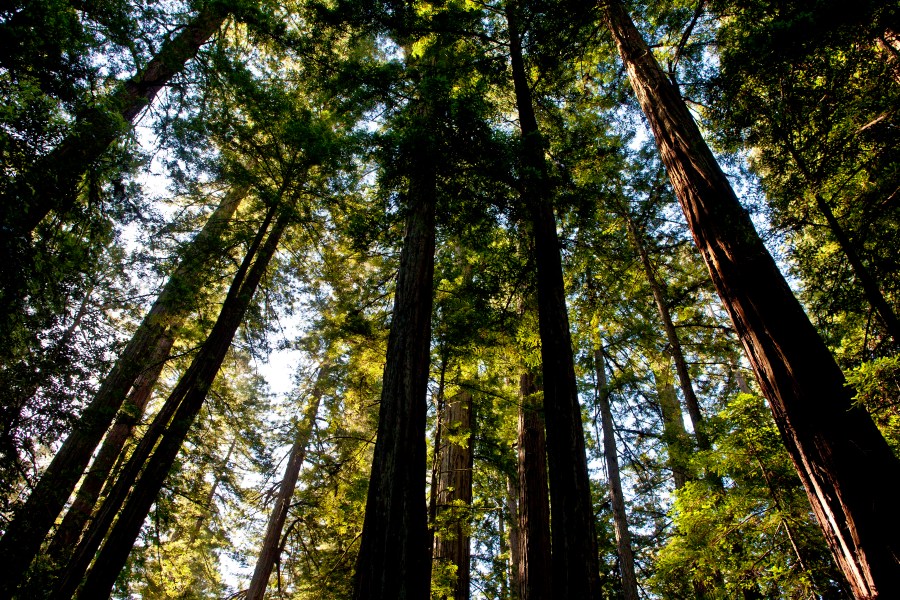
This mysterious campground has been closed off to everyone except a privileged few since 1872. Seemingly filled with debauchery, these midsummer gatherings have occurred since 1878. The members, all wealthy men—who are mostly white and largely conservative—throw what many believe is a giant, well-funded frat party. Notorious members include William Randolph Hearst, Newt Gingrich, Bob Weir of Grateful Dead and allegedly every Republican president of the United States since Calvin Coolidge.
Few can say what exactly goes on there, but it hasn’t stopped plenty of conspiracy theories from developing over the years. Former members claim that there’s nothing Midsommar (2019) about it, despite raging bonfires, a towering Owl Shrine, and a theatrical ceremony nebulously-titled “Cremation of Care.” But while some say that it’s where the course of history is debated, most agree that it’s actually little more than an elite frat party where some of the world’s most powerful men go to mingle.
Bhangarh Fort | Rajasthan, India
Yes, you can explore (most of) India’s Bhangarh Fort to your heart’s content, but you’ll be greeted by a sign from the Archaeological Survey of India that ominously reads, “It is forbidden to enter [the] borders of the haunted Bhangarh Fort before sunrise and after sunset.” Why’s that? The fort is believed to be one of the most haunted places in the world.
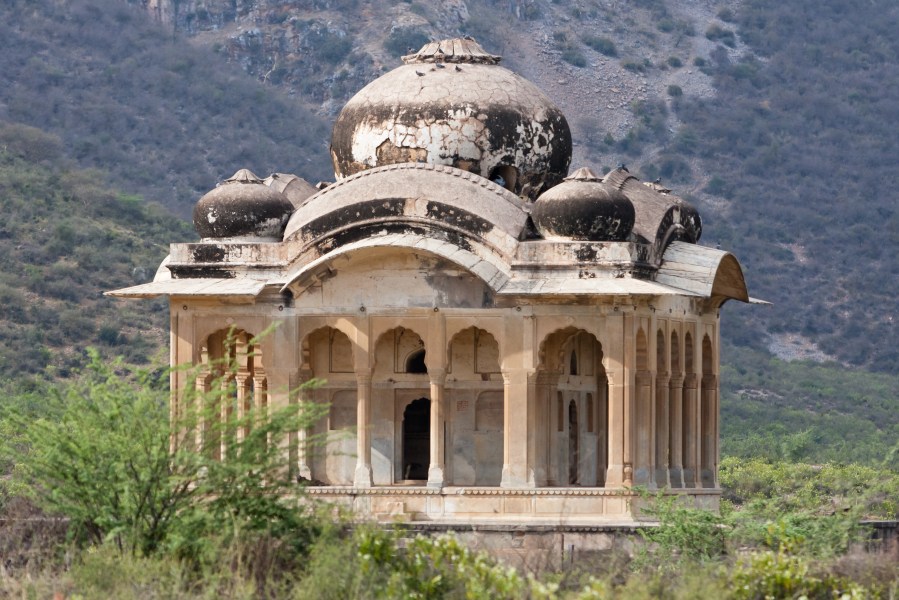
Even during the daylight, visitors claim to hear ghostly screams and music, see inexplicable lights and shadows, or experience an overwhelming sense of anxiety, as if someone was following them.
There are several different versions of the legends that explain the fort’s spooky aura. Some stories claim a tantric, who failed to win over Princess Ratnavati with his magic, cursed the grounds, while others assert that Guru Balu Nath, who’d asked that the fort’s shadows not touch his preferred meditation spot, invoked his own curse when King Madho Singh didn’t obey his request when constructing Bhangarh. To this day, any attempt to cover the buildings has ended in collapse.
Poveglia | Venice Lagoon, Italy
The macabre Poveglia Island sits in the Venice Lagoon off the coast of Northern Italy. Used early on as a military outpost, Poveglia took a dark turn in 1576 when the Bubonic Plague struck Venice. Having learned from a devastating plague in the 1300s, Venetians quarantined the sick on Poveglia, and dumped corpses into mass graves on the island’s shores.
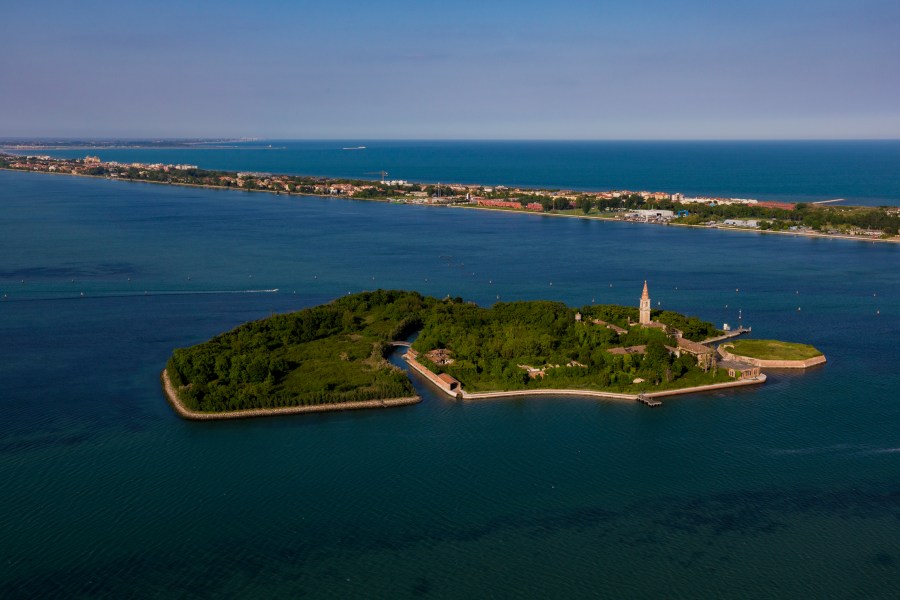
However, the island’s dark past doesn’t end there. A mental hospital opened on Poveglia in 1922 and the facility’s abusive doctors were notorious for “treating” their patients with lobotomies. Now, it’s illegal to set foot on the abandoned island, which is probably for the best. Not only do bones occasionally wash up on Poveglia, but so many people were cremated and buried there that it’s estimated that more than 50 percent of the island’s soil is composed of human ash.
Big Ben Volcano | Heard Island, Australia
Depending upon the route you take, Heard Island is between 2,400 and 3,000 miles from mainland Australia—closer, in fact, to Antarctica and riddled with the glaciers to prove that proximity. Though these glaciers cover around 70 percent of Heard Island’s surface, the site’s most intriguing feature remains Big Ben, an active volcano that holds the title of tallest mountain in an Australian-owned territory.
Due to the rough waters, unpredictable weather, and strict permissions needed from the Australian Antarctic Division, you won’t be visiting this hotspot anytime soon. Still, with everything from lava flows to penguins, Heard Island remains intriguing—maybe even more so for researchers looking to monitor climate change.
North Brother Island | New York City, New York
Sandwiched between the Bronx and Rikers Island, this 22-acre island in New York’s East River is known for its disturbing past as a quarantine zone, starting with outbreaks of typhoid fever, smallpox, and tuberculosis during the 1880s. North Brother Island’s most notorious short-term resident was Mary “Typhoid Mary” Mallon, who, despite showing no symptoms herself, spread the contagious bacteria to an alleged 51 people.
If this dismal footnote isn’t enough to solidify North Brother’s morbid reputation, it was also the site of one of the deadliest events in New York’s history when one thousand people perished just offshore in a 1905 steamship fire. In the 1950s, the hospital reopened, housing war veterans, and, later, briefly became a treatment facility for youths experiencing drug addiction, before formerly closing in 1963.Sound like the perfect island getaway? You may be in luck: New York’s Parks Department is considering reopening the island for public tours.
Surtsey Island | Iceland
The volcanic island of Surtsey lies about 18 miles from Iceland. By most standards, Surtsey is a relatively “new” island, created in the aftermath of eruptions that occurred in the mid-1960s. However, unlike Heard Island, volcanoes aren’t what’s stopping visitors from setting foot on Surtsey.
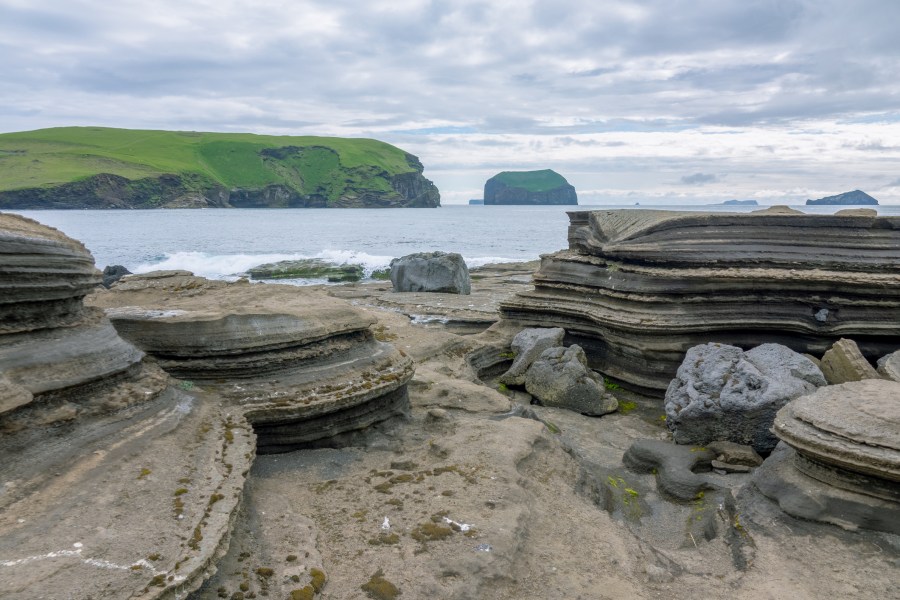
Purposely protected since its creation, Surtsey is completely free from human meddling. Instead, scientists have been able to study this unblemished ecosystem and the development of its bacteria, fungi, and plant-life. Excitingly, upwards of 80 species of birds have been spotted on Surtsey, but our feathered friends will be the only ones nesting there—or dropping by for a visit.
Majority of Hashima Island | Japan
Hashima Island, also known as “Gunkanjima” due to its resemblance in shape to a battleship, has important ties to undersea coal mining, which began when the Mitsubishi Corporation purchased it in 1890. At its most populous, Hashima Island was once home to upwards of 5,000 residents. And then petroleum supplanted coal, leading to the official closure of the mines in 1974.
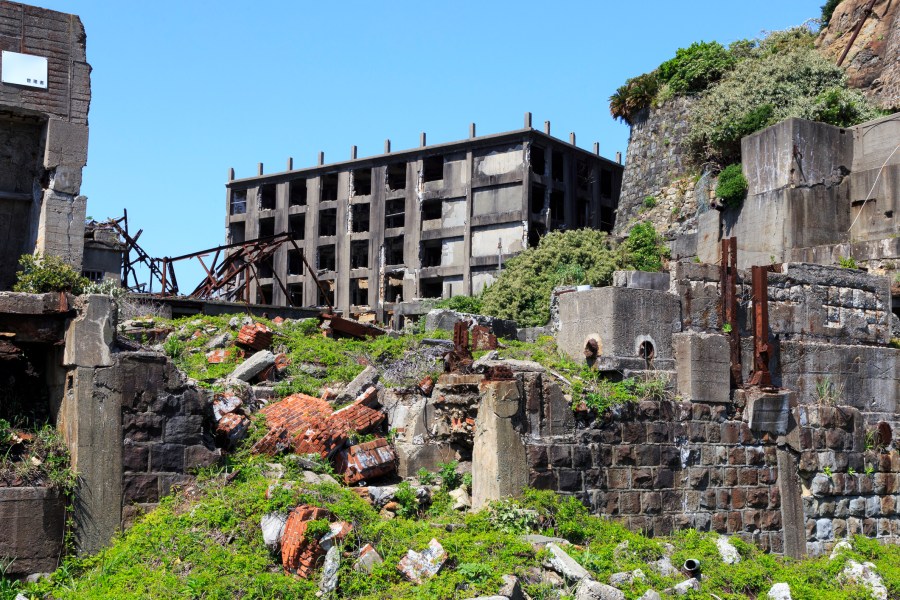
Attempts to protect the island as a UNESCO World Heritage Site initially faced backlash due to the island’s troubling associations with wartime slave labor. Despite Hashima’s harrowing history, visitors still embark on the nine-mile voyage from Nagasaki to take in the sea-weathered buildings of this abandoned island. This site makes our list because a vast majority of Hashima remains closed to tourists as the crumbling, overgrown structures have been deemed unsafe.
So table any plans to visit. Unless you happen to be James Bond or the cast and crew of Skyfall (2012).
North Sentinel Island | Andaman and Nicobar Islands, India
North Sentinel Island, part of the Andaman Island archipelago, lies in the Bay of Bengal and is home to one of the world’s few remaining largely isolated groups of peoples, called the Sentinelese by those outside their community. Since the late 1700s, when the East India Company and merchant vessels developed trade routes near the island, the natives of North Sentinel Island were able to stave off colonial forces. To this day, the Sentinelese remain virtually autonomous.
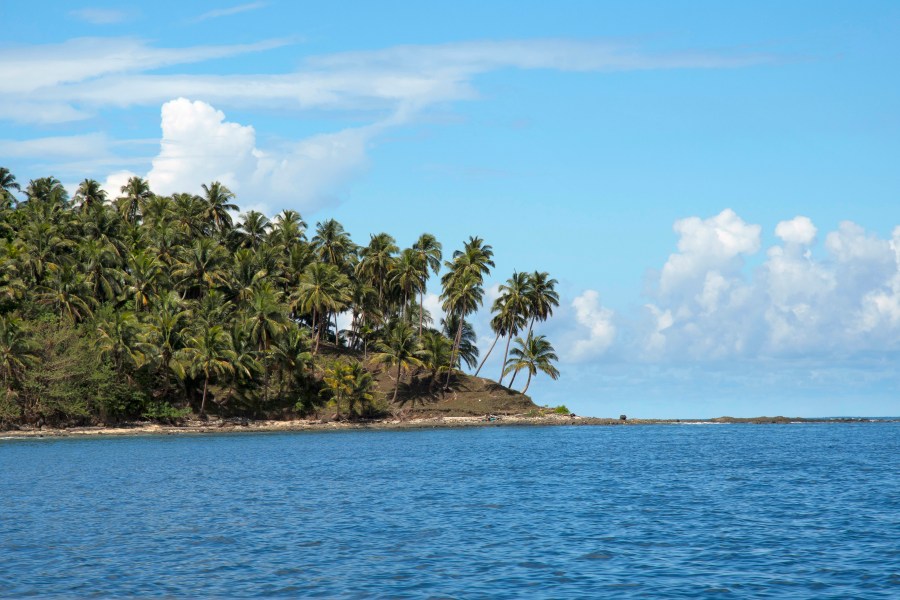
In 2018, North Sentinel Island grabbed the world’s attention when an American missionary trespassed on the island. Reports from the Indian government show that the native peoples tried to chase off the man, but his insistence to disrespect their wishes to be left alone resulted in the missionary’s death. It is considered illegal to set foot on the island and, out of respect for the Sentinelese, that policy won’t change.
Mendenhall Ice Cave | Juneau, Alaska
This site is unique to our list—not just because the ice caves are a partially hollow glacier, but because this destination is technically accessible. For now. At 12 miles long, the Mendenhall Glacier marks the top of any Juneau-bound traveler’s to do list, but only the most daring of adventurers have explored the dazzlingly blue ice caves beneath it.
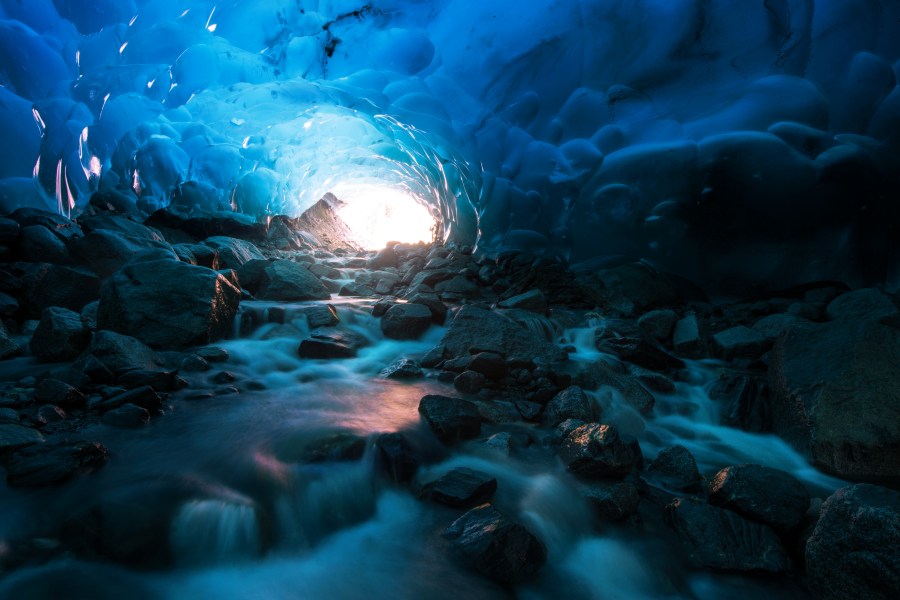
To reach the caves, visitors must either cross the frozen tundra or kayak through miles of choppy water, depending upon conditions, and then climb over the glacier’s lip. The natural wonder is also wondrously precarious: cave-ins and collapses could happen at any moment. Moreover, the caves are also being altered irrevocably as the Mendenhall Glacier retreats at an increasingly fast rate due to climate change.
If this otherworldly, fleeting site tops your bucket list, don’t wait to visit.
Red Forest | Chernobyl Exclusion Zone, Ukraine
As a result of HBO’s series, Chernobyl (2019), which traces the nuclear accident that occurred in 1986 at the Chernobyl Nuclear Power Plant outside the Ukrainian city of Pripyat, interest in the area has reached an all-time high. But, thanks to the aptly named Red Forest, the number of tourists isn’t the only thing growing here.
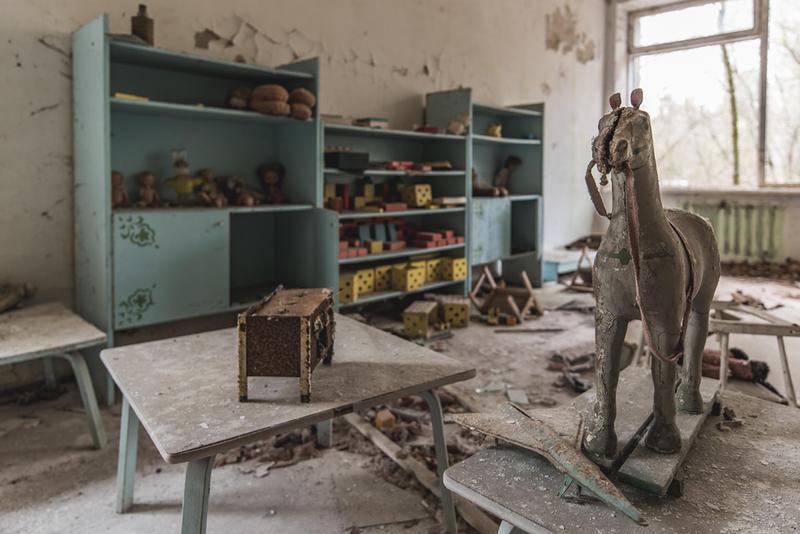
Initially, the pines in the Red Forest, just downwind of the power plant, turned a reddish-brown color and died. In 2018, researchers from the United Kingdom sent drones deep into the Exclusion Zone to test the forest’s radiation levels, even though regrowth has begun. Surprisingly, the Red Forest remains one of the most radioactive areas near the site. While you may be able to book a tour and even stay overnight in Pripyat’s only hotel, access is highly limited. Many areas, including those in the forest, are off-limits to the casual dark tourist.
Cheyenne Mountain Complex | Colorado Springs, Colorado
A military installation and bunker located under 2,000 feet of granite seems like something out of the latest Marvel movie, but the Cheyenne Mountain Complex isn’t S.H.I.E.L.D.’s latest project. Founded as a result of the NORAD (then known as the North American Air Defense Command) agreements in 1958, the facility encapsulates exactly the sort of defensive control center we imagine being built during the Cold War.
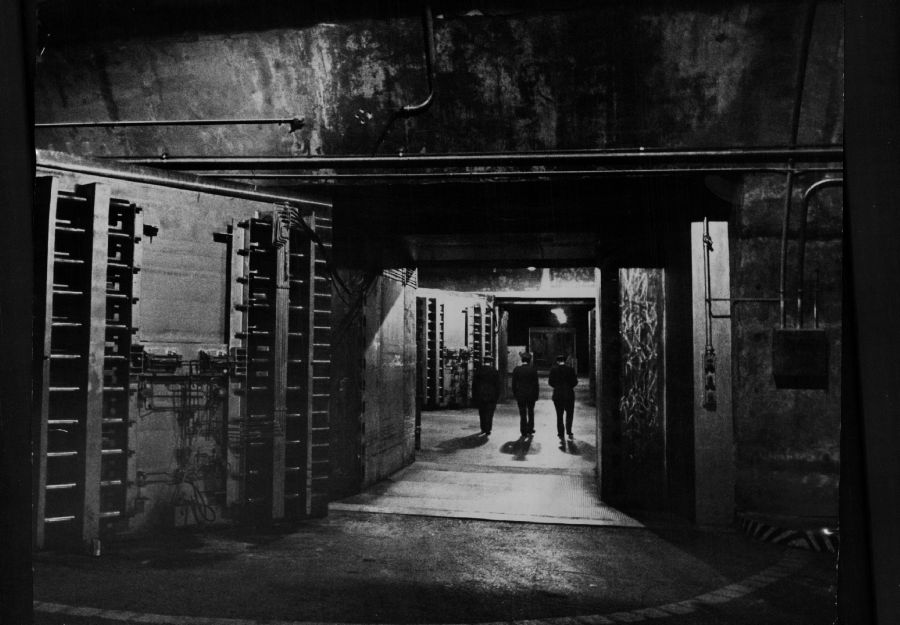
Excavated and retrofitted with blast doors that can withstand nuclear attacks, Cheyenne Mountain isn’t your average hike. And, unless you have the proper security clearance, you won’t be visiting its halls anytime soon—at least, not outside of Stargate SG-1 or Independence Day (1996).
Ilha da Queimada Grande (or “Snake Island”) | Brazil
Often dubbed the “deadliest place on Earth,” Ilha da Queimada Grande is notoriously uninhabitable—unless you’re a snake. Snake Island, as it’s colloquially called, lies about 25 miles off the coast of mainland Brazil and is populated by between 2,000 and 4,000 serpents. Given the size of the island, that’s roughly at least one deadly snake per square foot.
Due to rising sea levels thousands of years ago, the snakes—an incredibly deadly pit viper species known as the golden lancehead—became isolated from the mainland and, having only birds to prey on, evolved to become incredibly venomous. Unsurprisingly, the sheer danger of the island has led Brazilian authorities to deem it illegal for anyone to set foot on Ilha da Queimada Grande. Instead, we suggest visiting the much tamer Snake Island located in Boston Harbor, which is named for its harmless serpent-like shape.
Pine Gap | Near Alice Springs, Australia
Dotted with golf ball-like spheres called radomes, this stretch of desert in Australia’s Northern Territory provided the perfect place for a CIA base during the Cold War, when collecting intelligence was of utmost importance. Now, signs on Pine Gap’s dead-end road label it as a “Joint Defence Facility.” Essentially, it’s an intelligence and military operation upheld by both Americans and Australians.
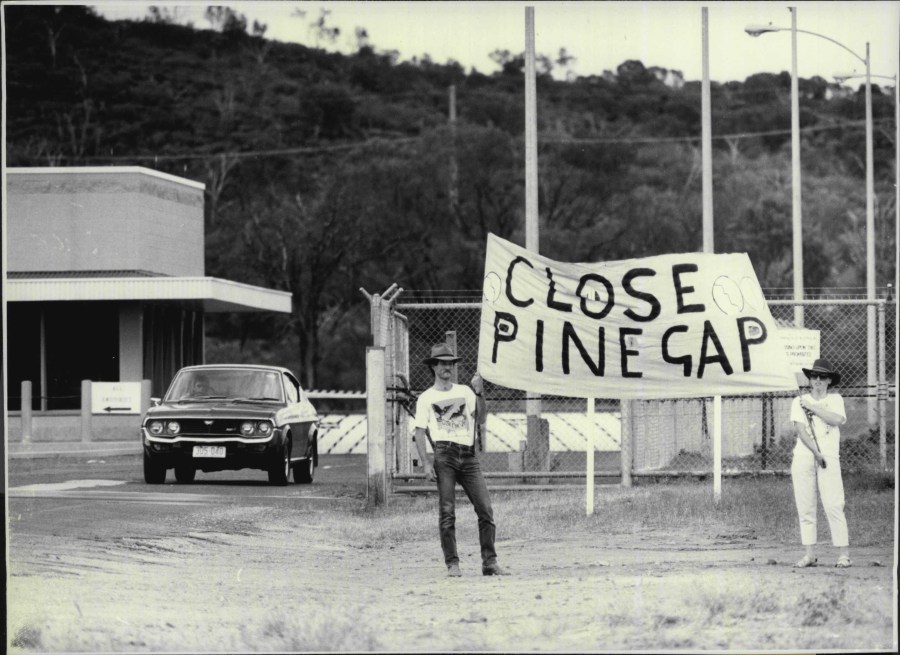
But the road signs also warn trespassers to turn around and refrain from taking photographs. Undoubtedly, the only thing warm about this welcome is the heat of the Outback. Nevertheless, in recent years, anti-war protestors, or “peace pilgrims,” have disregarded the signs and entered the prohibited area in an effort to illustrate the importance of closing this Cold War-era relic.
If you fancy an arrest while on vacation feel free to disregard the signs, too. Otherwise, snap pictures of the geodesic domes from the neighboring MacDonnell Ranges.
Svalbard Global Seed Vault | Island of Spitsbergen, Svalbard Archipelago
At first glance this entryway, slanted into an icy mountainside, looks like part of Echo Base, the Rebel Alliance’s settlement on the snow-laden planet Hoth. In reality, it’s not in a galaxy far, far away, but on an island in the Svalbard archipelago, midway between the North Pole and the furthest reaches of mainland Norway.
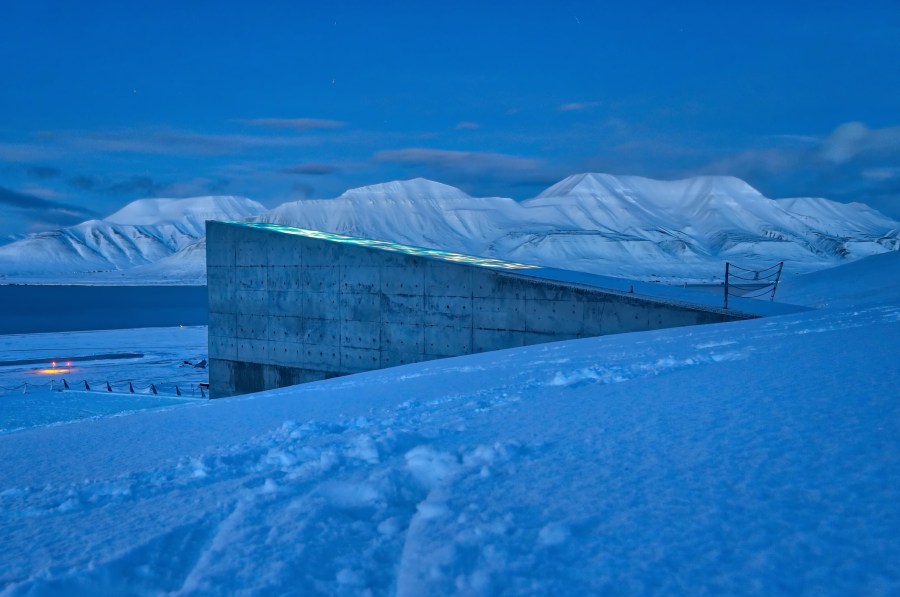
Thanks to the natural permafrost that keeps the Vault’s contents at the required -18°C, it’s able to store some of the world’s most valuable assets: seeds. According to Crop Trust, the group behind the massive endeavor, the aim of the Vault is to “safeguard as much of the world’s unique crop genetic material as possible.” Currently, the Vault holds more than 968,000 samples out of a possible 2.5 million seeds.Burrowed 3,280 feet into a mountain and on a remote island? Consider the Seed Vault our new favorite doomsday hideout.
Ni’ihau | Hawaii
Known as the “Forbidden Island,” Ni’ihau is, in many ways, unchanged by time. Though touched by colonialism—a Scottish woman named Elizabeth Sinclair-Robinson purchased Ni’ihau from King Kamehameha V in 1864—the native culture and way of life has been largely preserved.
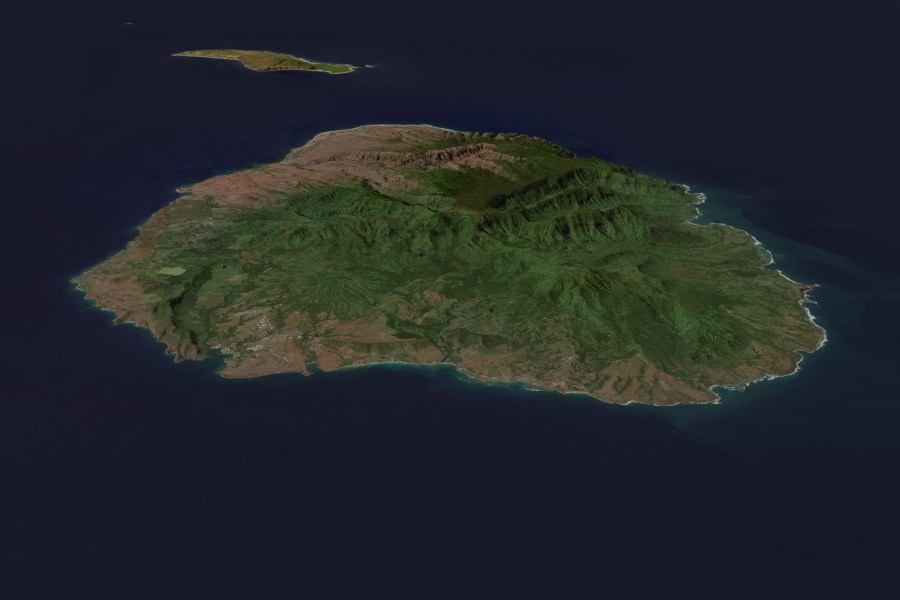
The Robinson family initially welcomed outsiders who wanted to observe the people of Ni’ihau’s way of life, but a devastating polio outbreak in 1952 caused them to ban visitors. Today, these visitation restrictions still hold. Ni’ihau, which does not have paved roads or running water, is preserved against outside influence and has allowed the native peoples to maintain their cultures, traditions, and way of living. In fact, the only way to literally set foot on the island is by personal invitation from the Robinson family. Otherwise, you can settle for flying over the island, via helicopter, or snorkeling in its nearby reefs.
Lascaux Cave | Near the Village of Montignac, France
In southern France, Lascaux cave houses over 600 prehistoric paintings on its walls and ceiling. After World War II, the caves were opened to the general public, but their soaring popularity posed a significant problem: carbon dioxide.
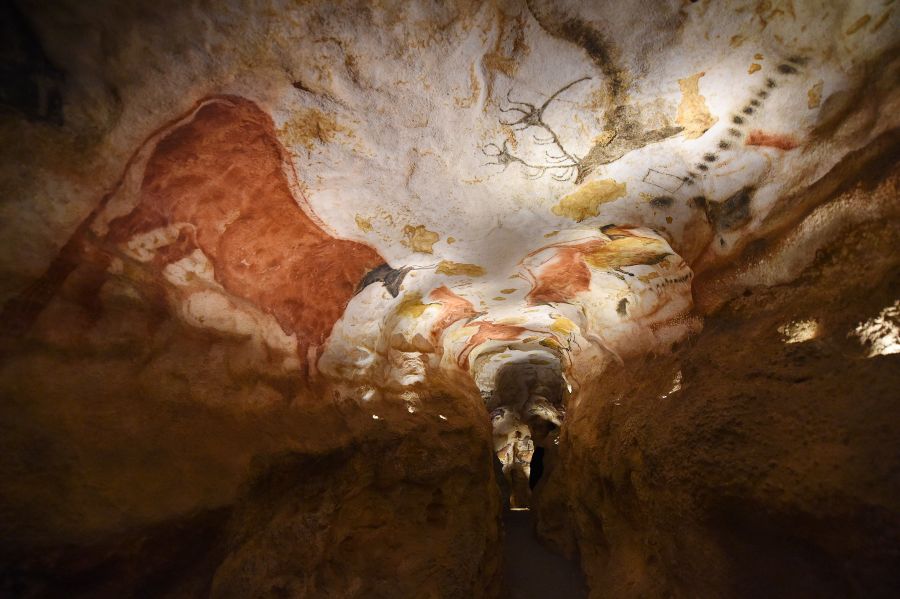
This by-product of breathing damaged the artwork and had a hand in changing the environment inside the cave system as well, causing fungi and lichen to moss over the walls. To prevent further deterioration, the caves were closed to the public in 1963. Prehistoric cave art was also discovered in Spain, at Altamira, and, while this cave remained accessible through the 1970s, the walls faced similar damage, resulting in a three-year waitlist to see the paintings. With no plans of reopening, both Lascaux and Altamira tried to replicate the feeling of entering such immense, unique spaces by installing faux-wall and -ceiling fragments in galleries nearby the sites.
Area 51 | Lincoln County, Nevada
From experimental aircraft to advanced weapons systems, Area 51 allegedly has it all. But the highly-secretive nature of the military installation’s operations also make it rife for conspiracy theories and UFO folklore, and even inspired an episode of The X-Files. Situated roughly 83 miles northwest of Las Vegas, the sprawling “no-fly” zone encompasses the Groom Lake salt flat and a large swath of airfield. This all seems mundane, at least at first glance.
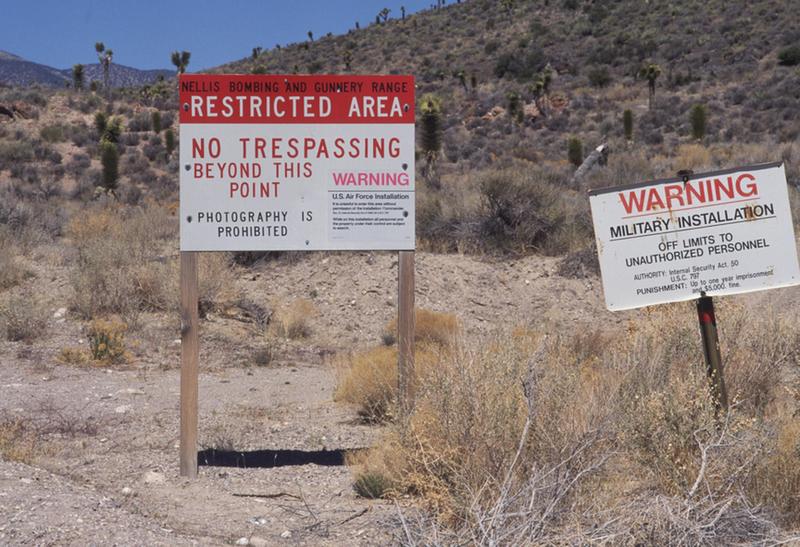
Most of the base’s operations occur underground, adding to the mystique. Conspiracy theories vary wildly: some believe the military uses Area 51 to develop technology capable of controlling the weather or inducing time travel and teleportation, while others believe it stores the remains of the crashed alien spacecraft allegedly recovered in Roswell, New Mexico.
Nonetheless, the only out-of-this-world destination tourists can expect to visit is the nearby “Extraterrestrial Highway,” which embraces the otherworldly implications of the site.
Mount Weather Emergency Operations Center | Blue Ridge Mountains, Virginia
Just under 50 miles from Washington D.C., tucked away in the dense tree-line of the Blue Mountains, sits the United States’ most robust contingency plan, Mount Weather. Like many sites on this list, the facility is a Cold War-era project and most of the complex exists underground.
The idea: if any national disaster threatens the safety of high-level government officials, they’re brought to this bunker, which has its own fire department, hospital, and television studio for post-emergency government broadcasts.Though the world’s most noteworthy doomsday bunker sounds like something out of a post-apocalyptic movie, it has been used a handful of times: most notably, leadership were relocated to Mount Weather during the events of both the Cuban Missile Crisis and 9/11. Long story short, it’s one of the most heavily-guarded places in the world, so if you approach the barbed wire and armed guards, we recommended just taking a hike.
Robins Island | Peconic Bay, Long Island, New York
Known as one of the largest privately-owned islands on the East Coast, the teardrop-shaped Robins Island was purchased by Louis Moore Bacon in 1993 for $11 million– a real (estate) steal to own the unblemished 445 acres of land, filled with oak and cherry trees and deer roaming freely.
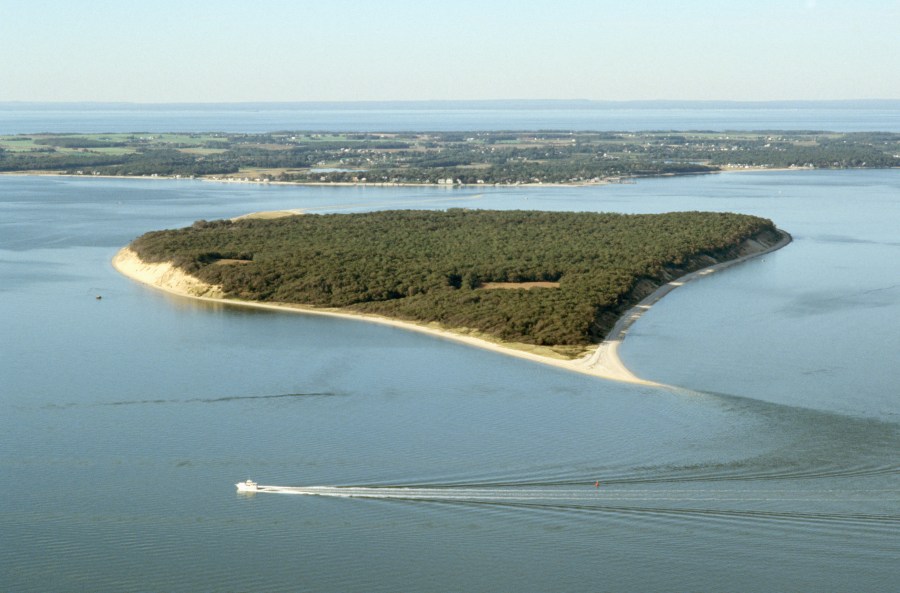
Bacon, a Wall Street investor from Greenwich, Connecticut, wanted to preserve the natural splendor of the island, which, according to the New York Times, environmentalists have dubbed, “Long Island’s Yosemite Valley.” Unless you’re working with the Nature Conservancy, or one of Bacon’s close friends, you probably won’t be setting foot on Robins Island anytime soon.A fun alternative? According to local Long Island-based publication, Sag Harbor Express, boaters sometimes convene on the calm channel, near a low-tide sand bar just to the north of Robins Island, which they fondly refer to as the “Jewel of the Peconic.”
Area 122 | Ross Island, Antarctica
Dubbed “Antarctica’s Area 51” by journalists, Area 122 is one of 170 Antarctic Specially Protected Areas scattered throughout the continent. But, unlike the other science labs, it certainly garners the most conspiracy theories.
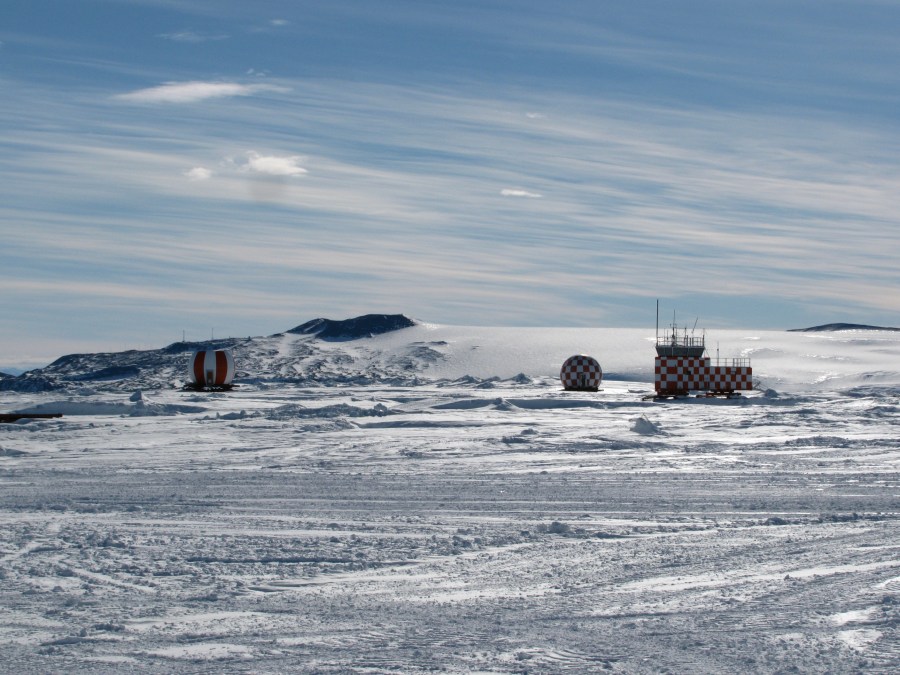
Though the nature of the research is undisclosed, it’s commonly thought that scientists are studying the aurora borealis or the ozone layer, and how these elements are being impacted by climate change. Operated jointly by the United States and New Zealand, the facility is off-limits to the public. However, in 2018 a New Zealand-based journalist made the treacherous trip to Ross Island. Inside, the journalist reported that she was shocked to see outdated computers and equipment akin to a sci-fi movie from the 1980s.Despite the reported inconspicuous nature of the lab, there’s certainly something intriguing about a place so remote and so shrouded in secrecy.
Mausoleum of Qin Shi Huang | Xi’an, China
In 1974, farmers digging wells outside of Xi’an, China made an astounding archaeological discovery: they unearthed the first of thousands of life-sized clay soldiers. Known colloquially as the terracotta army, or terracotta soldiers, these statues are exquisitely-detailed, amazingly expressive, and arranged as an actual squadron would’ve been. Even more impressive? They are all part of a mausoleum belonging to the First Emperor of Qin, Qin Shi Huang.
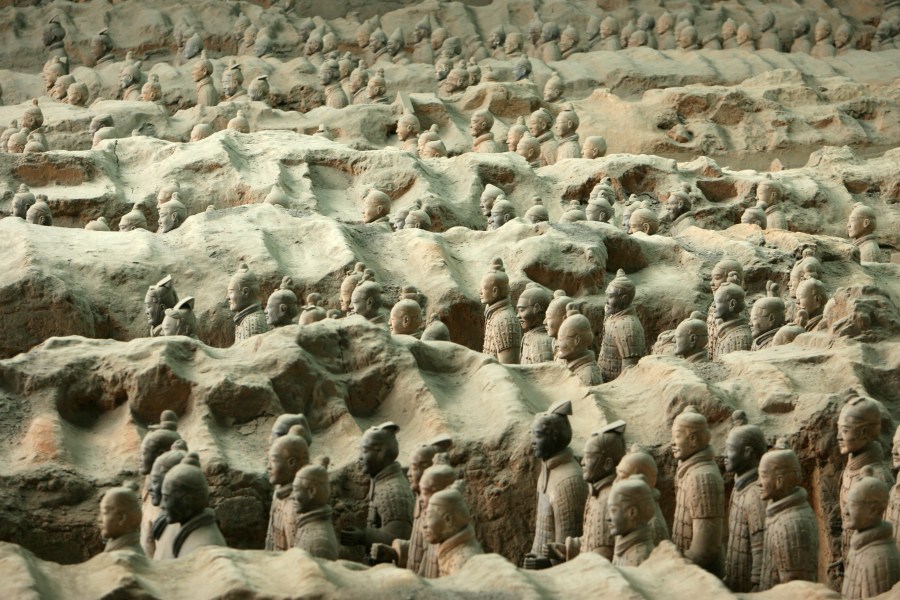
Archaeologists posit that roughly 8,000 figures, from warriors and weapons to horses and chariots, exist in the mausoleum, not including the treasures that lie in the unexcavated tomb of Qin Shi Huang himself. However, the Chinese government has decided to halt the dig so technology can catch up and ensure a safer excavation process.Since researchers believe Qin Shi Huang died as a result of ingesting mercury, a supposed elixir of immortality, mercury contamination in the soil also presents a problem.
Menwith Hill Royal Air Force Station | North Yorkshire, United Kingdom
The Royal Air Force’s base at Menwith Hill is another joint operation, this time between the United States and the United Kingdom. As if the rows of massive radomes—those golf ball-looking structures that enclose and protect satellites—weren’t enough to tip you off, rest assured that Menwith Hill deals in intelligence and communication.
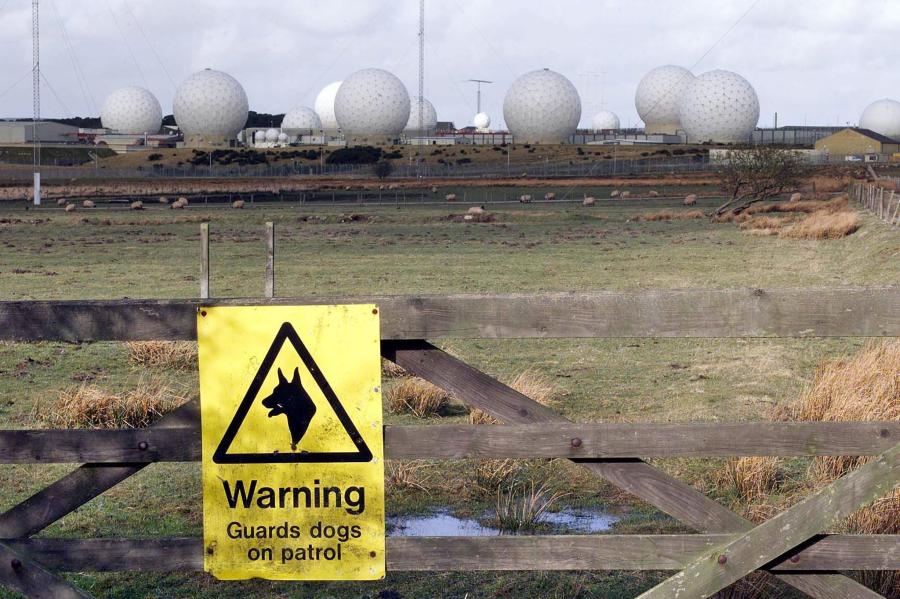
Back in 1954, the British War Office leased the parcel of land to the United States, which wanted to increase its presence during the Cold War. What started as a way to monitor the Soviet Union’s transmissions soon became an installation with the aim of monitoring all signals passing through British territory. Much like Pine Gap, Menwith Hill is the cause of many anti-war protests, but demonstrating is not the way to slip into the installation—you’re sure to be intercepted.
Heart Reef | Whitsunday Islands, Australia
When you think of an Australian tourism campaign, surely spotting a kangaroo, downing a Foster’s beer, and swimming up close to that little heart-shaped bit of coral in the Great Barrier Reef come to mind. The only element on that mental checklist that doesn’t ring completely false? Glimpsing a kangaroo.
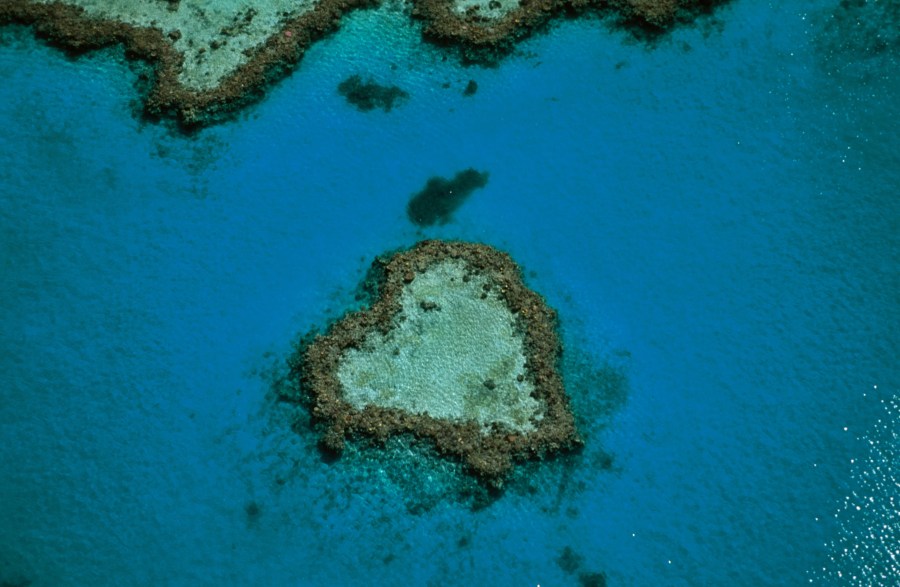
Though Foster’s is billed as the quintessential Aussie lager, it’s no longer made in Melbourne and imbibed far more in Britain. And that iconic Heart Reef? Yes, it’s part of the Great Barrier Reef, but you won’t be snapping a selfie near it any time soon as snorkeling and diving near the Heart Reef are strictly prohibited in order to protect it. So, either hire a seaplane and spot it from above, or settle for a 1200-mile drive down to the Sydney Opera House for a tourist snap that definitively says “the land Down Under.”
Granite Mountain Records Vault | Little Cottonwood Canyon, Utah
Sure, our next non-destination is built into a mountainside and composed of a network of underground tunnels, but it isn’t a military installation. The Mormon Church’s Granite Mountain Records Vault claims to be the world’s largest collection of genealogical records. It also acts as a repository for important Mormon Church-related documents and historical materials. The catch? Public tours are no longer offered.
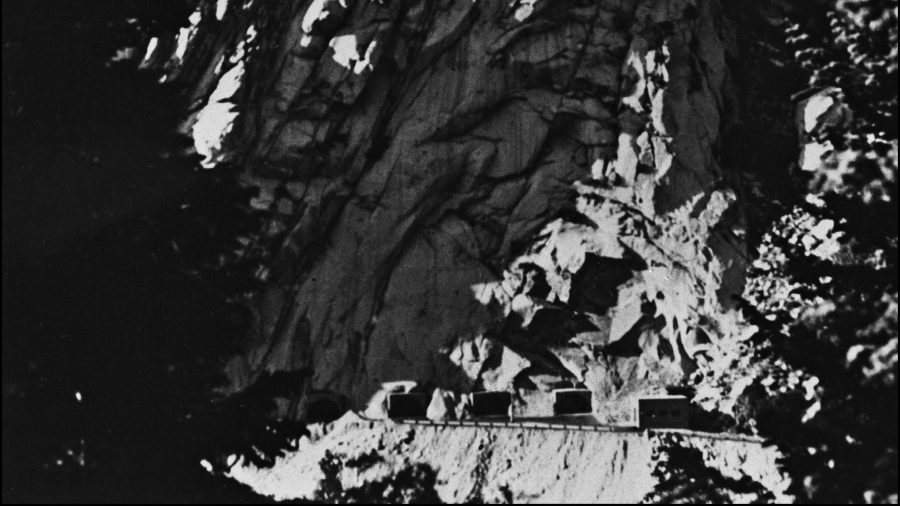
According to the Mormon Newsroom publication, the vault holds “more than 3.5 billion images on microfilm, microfiche, and digital media,” and the Church is currently working to digitize these extensive records. According to Church officials, the vault began operations in 1965, not as a means of keeping information a secret, but as a means of keeping the records secure and unblemished. However innocuous the facility is, you still don’t have a prayer of getting in.
Koh Tachai | Thailand
Like most Thai marine parks, Koh Tachai, an island in Similan National Park, is closed every May through October for monsoon season. But, in 2016, Koh Tachai did not reopen in November to tourists.
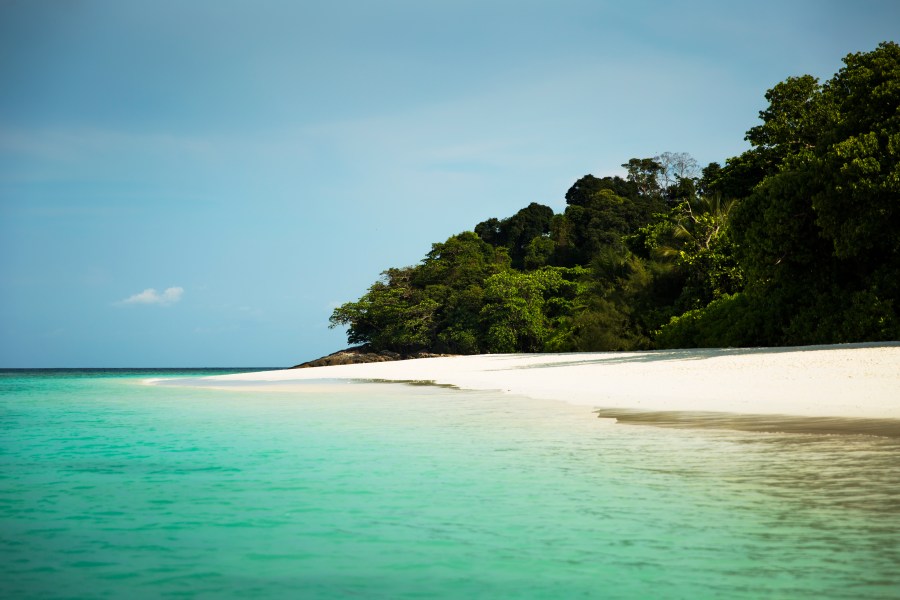
Popular with divers, the beautiful beaches of Koh Tachai used to swell with 14 times the amount of people experts said it should hold. In addition to overcrowding, inexperienced divers, more concerned with photographs than their surroundings, damaged the island’s fragile reefs. All of this said, officials decided to close the island for rehabilitation, though many fear the damage is irreparable.And this isn’t just a problem on Koh Tachai. Other destinations around the world, including Ecuador’s Galapagos Islands, face harm from overcrowding and tourists’ negligence. As of now, Koh Tachai is closed to tourists indefinitely.
United Nations Buffer Zone | Cyprus
In the aftermath of a civil war between its Greek and Turkish communities, the island of Cyprus was eventually split into two regions. To enforce this divide after the ceasefire of 1974, the United Nations established a permanent demilitarized buffer zone between the Greek and Turkish areas. The buffer zone remains off-limits, with walls and barbed wire fencing off this in-between space.

In addition to crumbling houses and advertisements hawking products of a bygone era, the buffer zone also contains an abandoned airport and several rusted-over airplanes. Though some areas of the 112-mile buffer zone, such as those within the capital city of Nicosia, contain large swathes of land, other stretches are only a few feet wide. Pyla, a village inside the buffer zone, marks the sole place where Greek and Turkish Cypriots live together.
Mezhgorye | Republic of Bashkortostan, Russia
Located in the southern Ural Mountains, Mezhgorye is a closed town in the Republic of Bashkortostan, Russia. Though it was founded in 1979 (under the name Ufa-105, a reference to the Republic’s capital), Mezhgorye was officially given (top secret) town status in 1995.
Many believe the town cropped up initially to provide a home to those working at the highly secretive Mount Yamantu operation, a Cold War-era base focused on developing a response to the United States’ nuclear weapons.Despite the fact that Russian officials are notoriously vague when it comes to answering questions about the base, it’s believed that the mountain facility is also a nuclear bunker and storage area for artifacts and supplies. What does remain clear is that the closed town of Mezhgorye, with a population of 17,353, was built specifically for Mount Yamantu workers, only adding to its mystique.






